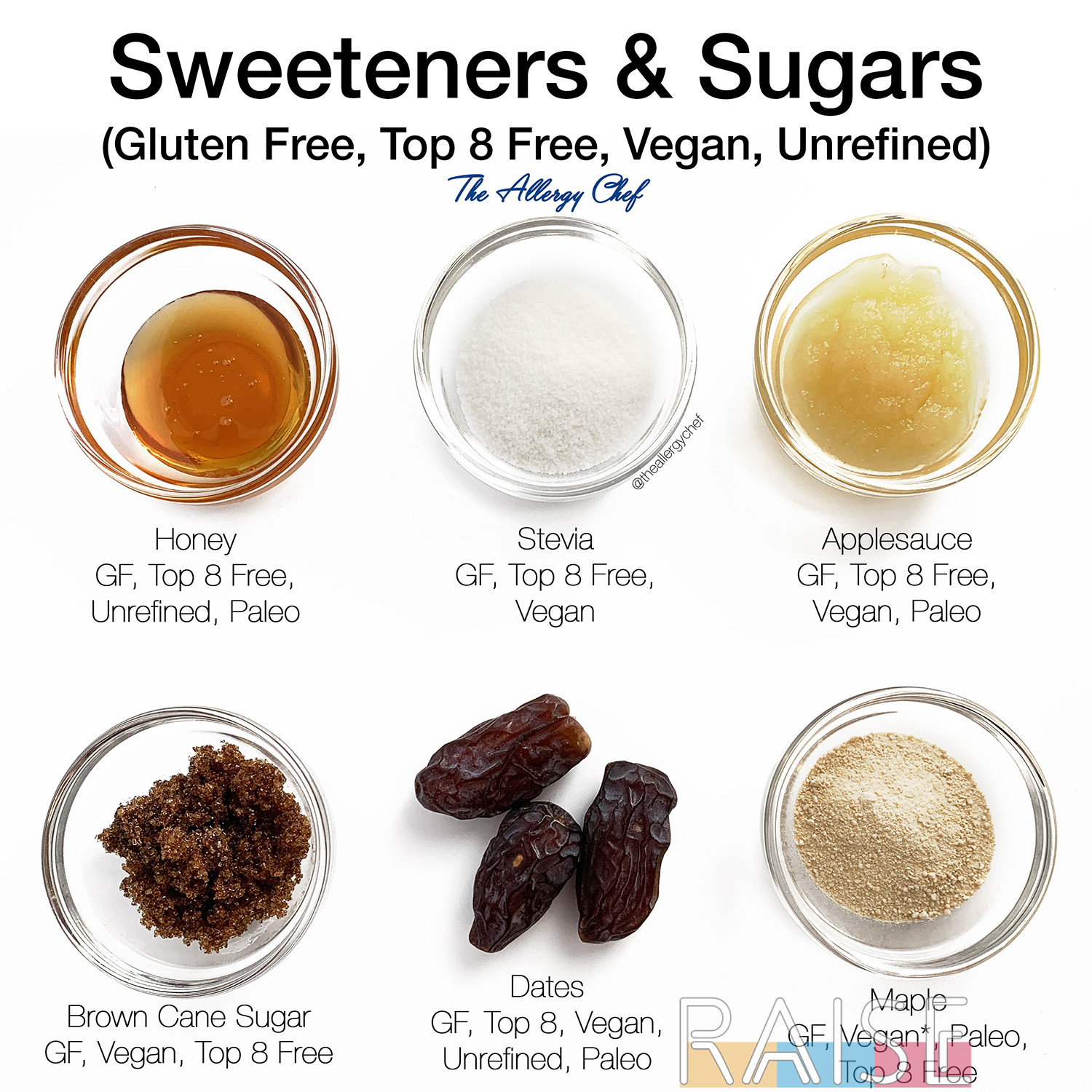The Ultimate Comparison: Beet Sugar vs. Cane Sugar Explained
The contrast in between beet sugar and cane sugar presents an interesting exploration of two predominant sweeteners in the culinary world. While both sugars share a typical structure of sucrose, their origins, processing methods, and flavor accounts diverge substantially. This difference prolongs beyond taste, influencing nutritional aspects and ecological influences connected with their production - beet sugar vs cane sugar. As we navigate via these numerous aspects, the ramifications for both producers and customers come to be significantly apparent, raising an essential concern: which sugar absolutely rules supreme in the complicated landscape of sweetness?
Beginnings of Sugar Sources
The origins of sugar sources are largely rooted in two distinctive plants: the sugar beet and the sugar cane. Sugar cane, an exotic grass indigenous to Southeast Asia, has actually been cultivated for over 2,500 years.
In comparison, sugar beet is a fairly modern source, created in Europe during the late 18th century as a response to sugar cane scarcities. The plant flourishes in pleasant climates, making it appropriate for farming in regions such as France and Germany. The successful removal of sugar from beetss marked a substantial agricultural innovation, as it offered a different to cane sugar, particularly throughout durations of profession disruption.
Both plants have played crucial roles in forming the international sugar industry. Their distinctive growth settings and historic contexts illustrate the variety of sugar resources, inevitably influencing regional farming techniques and economic advancement.

Processing Methods Explained
Different processing approaches are utilized to draw out sugar from both sugar beet and sugar cane, each customized to the certain features of the resource material. In the case of sugar beetss, the procedure begins by harvesting the root and afterwards washing it to get rid of dirt and impurities. The beetss are after that sliced right into slim strips, referred to as cossettes, and subjected to warm water removal, which dissolves the sugar. The resulting juice undergoes explanation, where lime and warmth are utilized to remove contaminations. This juice is then concentrated via evaporation and crystallization, generating raw sugar.
Alternatively, sugar cane handling entails a different method. The cleared up juice is focused via evaporation, similar to beet sugar processing, prior to formation occurs. Both processes culminate in the production of raw sugar, which may go through more refining to achieve the preferred pureness and top quality.
Nutritional Differences

When comparing beet sugar and cane sugar, notable nutritional differences emerge, though they are commonly refined. Both kinds of sugar are mostly made up of sucrose, supplying about the very same calorie material-- around 4 calories per gram. The differences lie in their trace mineral content and the visibility of particular substances that may have marginal dietary effects.
Beet sugar includes small quantities of iron, calcium, and potassium, while cane sugar generally offers a little higher concentrations of these minerals. Furthermore, cane sugar might retain even more all-natural molasses throughout handling, which can add to trace amounts of antioxidants and other valuable compounds. This is especially real for much less polished ranges, such as raw cane sugar.
Regardless of these distinctions, both beet and cane sugars are predominantly made up of simple carbs, with a high glycemic index, causing similar effects on blood sugar level levels. As such, while there are small nutritional differences, the overall health and wellness impact of eating either enter small amounts remains greatly comparable. beet sugar vs cane sugar. People looking for to reduce sugar consumption for health and wellness reasons must take into consideration both types with equivalent scrutiny, focusing on total dietary patterns rather than the resource of sugar
Preference Profiles Compared
Preference profiles of beet sugar and cane sugar exhibit unique attributes that can affect their cooking applications. Cane sugar, usually perceived as having a more complex, nuanced sweetness, is obtained from the high yard of the sugar cane plant.
On the other hand, beet sugar, removed from sugar beetss, is recognized for its cleaner, more straightforward sweetness. This quality makes it particularly suitable for recipes requiring a neutral artificial sweetener that allows various other tastes to beam. Some culinary experts suggest that beet sugar may leave a slightly earthy aftertaste, which can be undesirable in delicate treats.
Moreover, the perception of sweet taste intensity varies between both, with some cups identifying cane sugar as sweeter contrasted to beet sugar at equivalent measurements. Eventually, the choice in between beet and cane sugar may rely on the particular application, with each sugar offering unique characteristics that can improve or enhance numerous recipes. Recognizing these distinctions enables educated decisions in culinary practices.

Ecological Impact
The environmental impact of sugar production-- whether from beet or cane-- has actually amassed enhancing interest in the last few years because of its implications for sustainability and eco-friendly health. Both sugar sources browse around this web-site show distinct ecological footprints, influenced by agricultural methods, land usage, and source consumption.
Cane sugar production often demands big areas of exotic land, which can cause deforestation and loss of biodiversity. Furthermore, the farming of sugarcane is regularly related to high water usage and substantial chemical and plant food application, contributing to dirt deterioration and water pollution.
Conversely, beet sugar is mostly expanded in pleasant regions, usually calling for much less water and land. However, its growing can still involve making use of chemical inputs, influencing local environments. In addition, the energy-intensive processing of beet sugar can contribute to greenhouse gas emissions.
Sustainable farming practices and innovations in technology are necessary for reducing the ecological effects of sugar production. Organic farming methods, incorporated parasite monitoring, and effective water usage can enhance the sustainability of both beet and cane sugar markets, eventually resulting in a decreased ecological footprint and a much healthier world.
Conclusion
In recap, the contrast between beet sugar and cane sugar highlights both similarities and distinctions that influence their application. While both sorts of sugar share a main structure of sucrose, their flavor accounts, refining approaches, and ecological influences vary dramatically. Cane sugar is defined by its intricate sweet taste, while beet sugar offers a much more simple preference. Eventually, the selection between these two sugars must be assisted by details environmental factors to consider and cooking needs, permitting informed decision-making.
The beginnings of sugar sources are primarily rooted in two unique plants: the sugar beet and the sugar Read Full Article cane.Different processing techniques are used to extract sugar from both sugar beet and sugar cane, each tailored to the details features of the resource product.Beet sugar has small quantities of potassium, iron, and calcium, while cane sugar usually provides somewhat greater focus of these minerals.In spite of these differences, both beet and cane sugars are predominantly made up of basic carbs, with a high glycemic index, leading to Get More Information similar results on blood sugar levels. Cane sugar, often viewed as having a much more complicated, nuanced sweet taste, is acquired from the high grass of the sugar cane plant.